 Fred's ImageMagick Scripts
Fred's ImageMagick Scripts
Copyright © Fred Weinhaus My scripts are available free of charge for non-commercial (non-profit) use, ONLY. For use of my scripts in commercial (for-profit) environments or non-free applications, please contact me (Fred Weinhaus) for licensing arrangements. My email address is fmw at alink dot net. If you: 1) redistribute, 2) incorporate any of these scripts into other free applications or 3) reprogram them in another scripting language, then you must contact me for permission, especially if the result might be used in a commercial or for-profit environment. Usage, whether stated or not in the script, is restricted to the above licensing arrangements. It is also subject, in a subordinate manner, to the ImageMagick license, which can be found at: http://www.imagemagick.org/script/license.php Please read the Pointers For Use on my home page to properly install and customize my scripts. |
|
Applies an emboss effect to an image. |
last modified: December 15, 2018
|
USAGE: emboss [-m method] [-a azimuth] [-e elevation] [-d depth] [-i intensity] [-c compose] infile outfile
-m .... method .......... method of embossing; choices are 1 or 2; PURPOSE: To apply an emboss effect to an image. DESCRIPTION: EMBOSS applies an emboss effect to an image. Two methods are available. The first simulates the GIMP approach. The second simulates the Photoshop approach. ARGUMENTS: -m method ... METHOD of embossing. The choices are 1 or 2. Method 1 simulates the GIMP approach and uses parameters of azimuth, elevation and depth. The second simulates the Photoshop approach and uses parameters of azimuth, depth and intensity. The default=1. -a azimuth ... AZIMUTH is the angle in degrees in the x-y plane measured counterclockwise from EAST to the light source. Values are integers in the range 0<=azimuth<=360. The default=135 (NorthWest). -e elevation ... ELEVATION is the angle in degrees upwards from the x-y plane to the light source. Values are integers in the range 0<=elevation<=90. The default=45. Note this parameter is only used with method=1 -d depth ... DEPTH controls the depth effect in the embossing. For method=1, it adjust the contrast of the emboss effect. For method=2, it adjust the separation in pixels of the dark and light parts. Values are integers>0. The default=1 -i intensity ... INTENSITY controls the contrast of the emboss effect in method=2. Values are integers in the range of -50<=intensity<=50. Positive values increase the contrast and negative values decrease the contrast. The default=0 -c compose ... COMPOSE method to use to composite emboss result with input image. Valid compose methods include: bumpmap, multiply, color_burn, color_dodge, linear_burn, linear_dodge, linear_light, hard_light, soft_light, pegtop_light, pin_light, vivid_light, overlay. The default is no composite. -g gray ... GRAY is the desired base graylevel for method=1. Values are 0<float<1. The default is no adjustment from the normal shading base level which gets brighter as the elevation angle increases according to the sin(elevation). Nominal value for elevation=45 is gray=.707 REQUIREMENTS: IM 6.5.3-4 in order to support -set option:compose:args in method 2 and IM 6.4.8-8 in order to support -function polynomial in method 1. CAVEAT: No guarantee that this script will work on all platforms, nor that trapping of inconsistent parameters is complete and foolproof. Use At Your Own Risk. |
|
Method 1 -- Variation In Depth |
||
|
Original |
||

|
||
|
Arguments: |
Arguments: |
Arguments: |
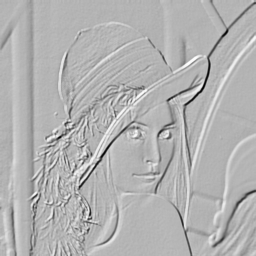
|
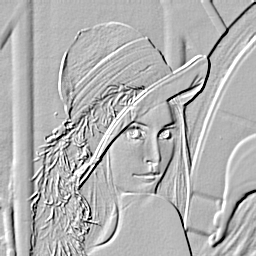
|
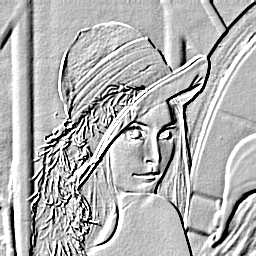
|
|
Image 1 -- Method 1 -- Variation In Elevation |
||
|
Original |
||

|
||
|
Arguments: |
Arguments: |
Arguments: |
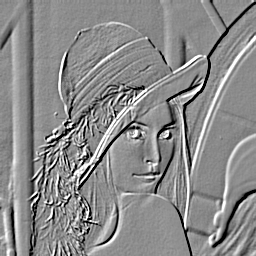
|

|
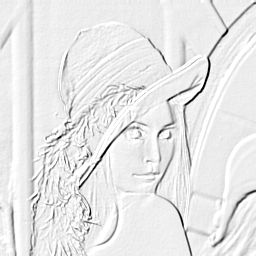
|
|
Arguments: |
Arguments: |
Arguments: |
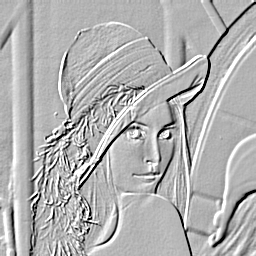
|
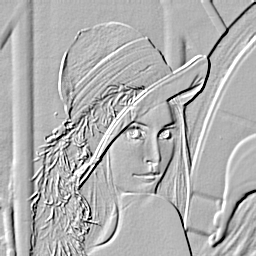
|
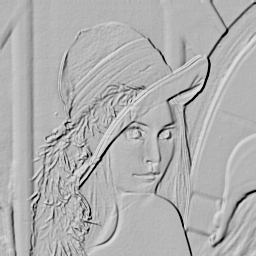
|
|
Image 1 -- Method 2 -- Variation In Depth |
||
|
Original |
||
>

|
||
|
Arguments: |
Arguments: |
Arguments: |
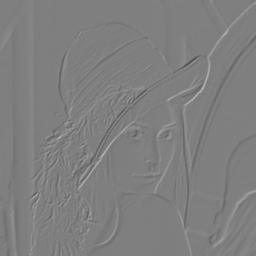
|
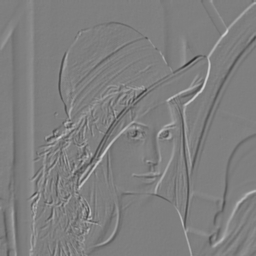
|
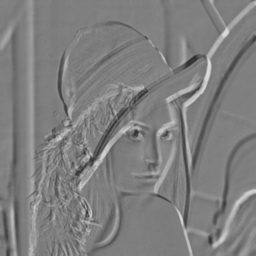
|
|
Image 1 -- Method 2 -- Variation In Intensity |
||
|
Original |
||

|
||
|
Arguments: |
Arguments: |
Arguments: |

|
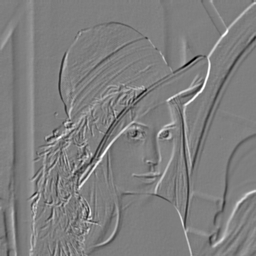
|
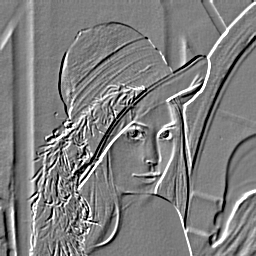
|
|
Image 2 -- Method 1 -- Variation In Elevation |
||
|
Original |
||

|
||
|
Arguments: |
Arguments: |
Arguments: |
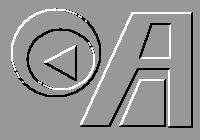
|
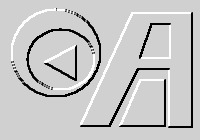
|
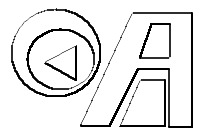
|
|
Image 2 -- Method 2 -- Variation In Depth |
||
|
Original |
||

|
||
|
Arguments: |
Arguments: |
Arguments: |
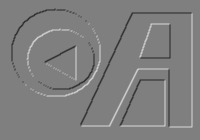
|
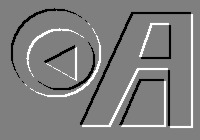
|
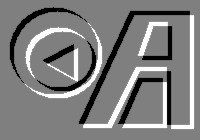
|
|
Image 3 -- Method 1 -- Variation In Compose |
||
|
Original |
||
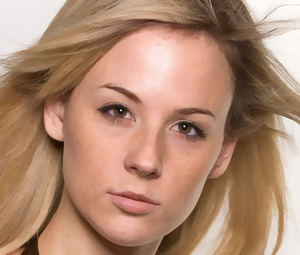
|
||
|
Arguments: |
Arguments: |
Arguments: |
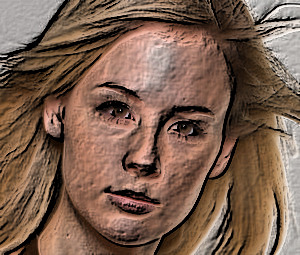
|
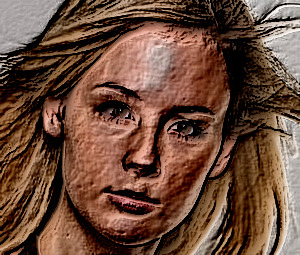
|
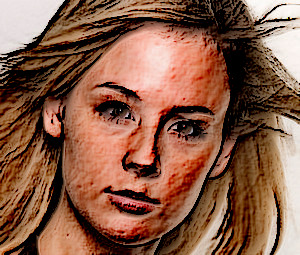
|
|
Arguments: |
Arguments: |
Arguments: |
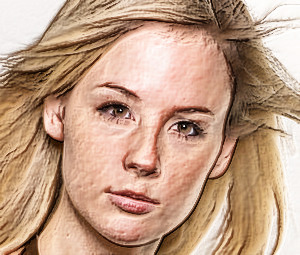
|
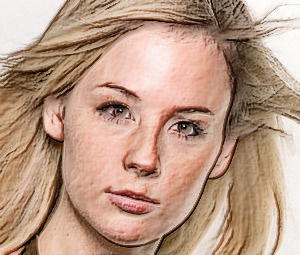
|
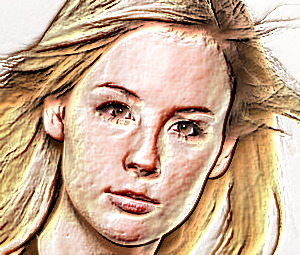
|
|
Arguments: |
Arguments: |
Arguments: |
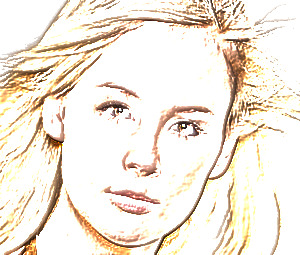
|
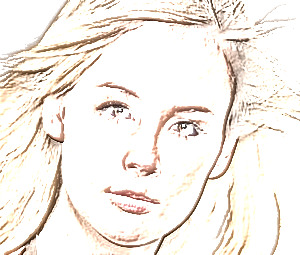
|
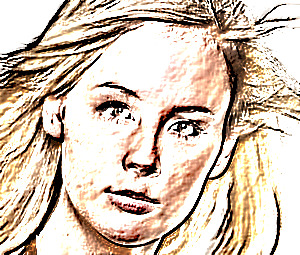
|
|
Arguments: |
Arguments: |
Arguments: |
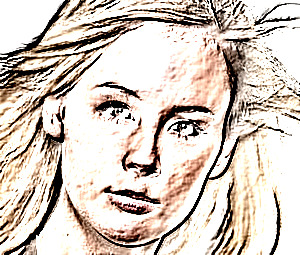
|
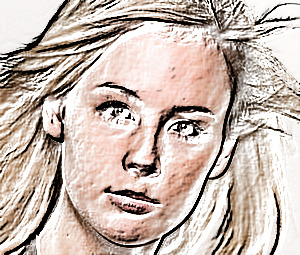
|
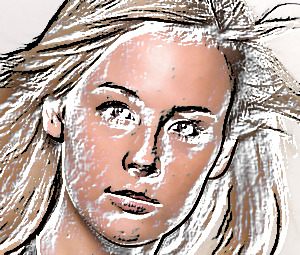
|
|
What the script does is as follows for method=1:
This is equivalent to the following IM commands
|